Each day at Airtame our Customer Success team go beyond offering short-term customer support to fostering long-term successful relationships. Here’s how…
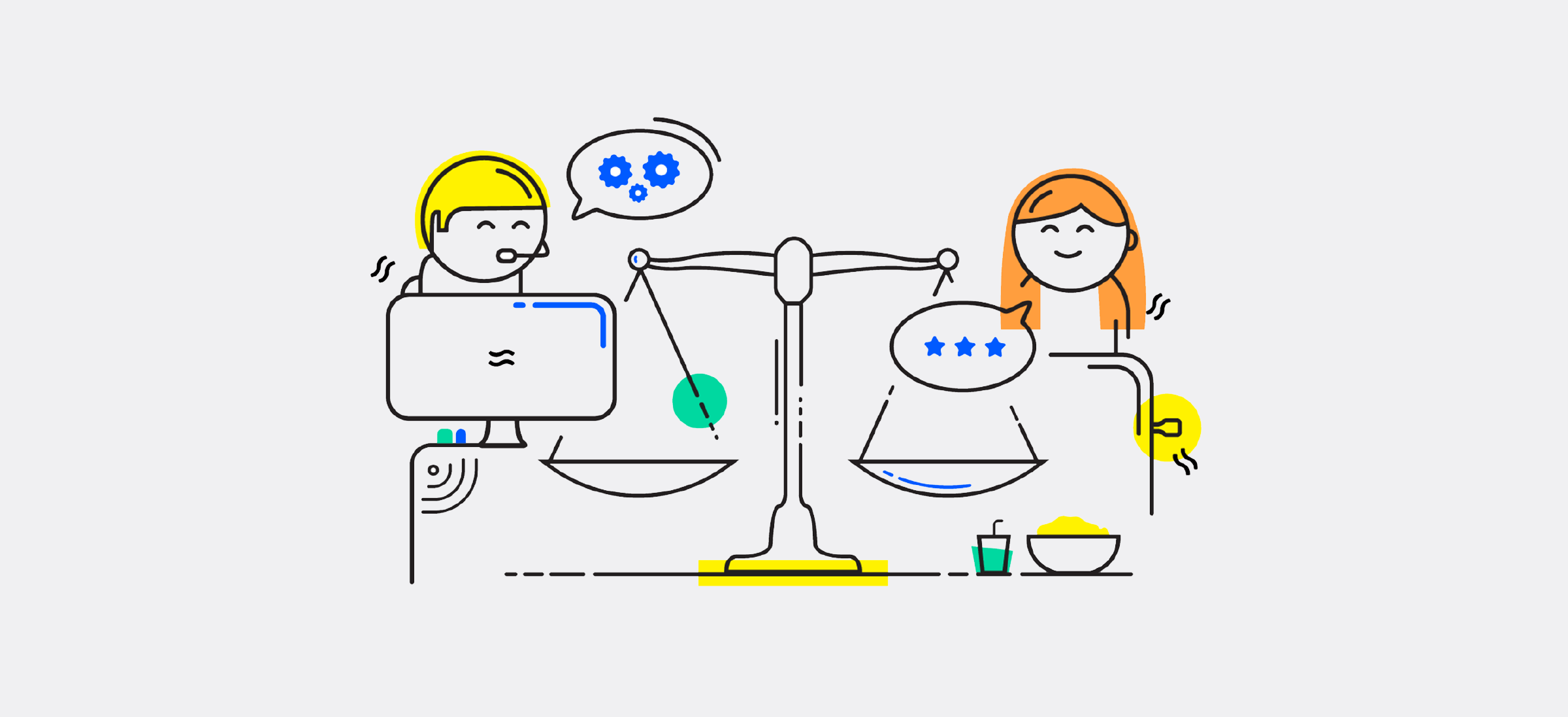
Each day at Airtame our Customer Success team go beyond offering short-term customer support to fostering long-term successful relationships. Here’s how…
Try making a mental list of all the companies that you keep going back to time and time again. Why is it that you keep returning? In addition to liking their product, the reason is probably linked to your experience when interacting with the company.
At Airtame, we focus on delivering experiences through strong customer support and customer success. Airtame has experienced tremendous growth since getting started back in 2014, and for this to continue it’s vital to attract competent partners who will expect both support and success from us as we mature further.
But what do these terms mean? In a nutshell, customer support involves helping people to install and use a product in the correct way and solving any issues that come up in the process. And then there’s customer success, which has to do with managing the relationship between a company and the people who use its product and services. Providing customer support is a precursor for delivering customer success, and both should be considered indispensable.
It’s a mistake to use these terms interchangeably, but it’s also incorrect to consider them as independent of each other. Many of the goals of customer support and customer success overlap: achieving customer retention and loyalty, brand differentiation, increased customer lifetime value (CLV), return on investment (ROI), and reduced customer churn. In other words, you should care about these areas of your business.
The purpose of this article is to share about how we’ve learned to incorporate and prioritize both support and success, as well as manage the exchanges between them.
The motivation for writing about this topic is twofold. First, we want to communicate how we handle relationships with leads and customers. Second, we want to offer inspiration for other fledgling B2B companies who are at a crossroads in understanding how to implement support and success to keep advancing in a meaningful way.
Before sharing our journey and how things look at Airtame today, it’s first necessary to understand the differences between support and success.
The purpose of making the distinction is to be able to grasp how the needed processes, skills and mindsets can vary between customer support and customer success.
Having the right people in place is a good point of departure. When selecting candidates for support, hiring managers would do well to look for someone who is a natural problem solver, a great listener, patient, and tech-savvy. Playing a part in support requires the skills to communicate with and between product developers and end users.
When it comes to success, you’d likely want someone with strong presentation and interpersonal skills, and experience with relationship management. They’d need to comprehend technology from a customer’s point of view, to act as a consultant when advising on the best use case for a prospective client.
It’s important to keep in mind that these characteristics are by no means mutually exclusive. They instead reflect the particular demands of support and success. This can be further understood when looking into the nature of the processes and perspectives that are common to support and success:
Customer Support is:
|
Customer Success is:
|
It’s once again relevant to note that these dichotomies don’t have to contradict each other. They rather represent two sides to a balanced approach. An example is how our team has guidelines for how quickly we should get back to customers via live chat, and how long it should take to solve an issue.
While markers are in place, there is some wiggle room regarding how much time to spend with a given customer. It’s much better to take an extra few minutes to introduce yourself in the beginning and be 100% sure that all is well by the end of the conversation.
We don’t want to risk sacrificing social etiquette and quality support for the sake of speed. At the same time, it’s good to have at least an average response time to shoot for.
In the case of Airtame, both support and success are encompassed in the Customer Success team. The choice of name reflects our emphasis on long-lasting partnerships with the businesses and schools that partner with us. That said, we do not undervalue the vital role that support plays.
We believe that success will never actually be possible if it’s divorced from support. It’s taken us some time to develop our approach and manage the complexities of giving separate attention to both, as well as managing the interactions between them.
Airtame started production back in early 2014 upon the success of an exciting Indiegogo campaign that raised over 1,500,000 USD. In the beginning, what was originally called the Customer Support team focused on communicating with backers who had funded us on Indiegogo.
Once Airtame was launched, most support issues concerned shipping delays. The team worked in a reactive mode most of the time, concentrating on solving logistical and technical problems. Work became more effective when Zendesk was introduced, as we could create macros such as saved replies to send in response to FAQs.
The focus was on increased efficiency, but this soon developed to emphasize a more proactive approach. We switched from Zendesk to Intercom, as the later offered a more extensive range of tools, including the possibility to create onboarding flows.
The team began reaching out to users to ask them for individual feedback on their experiences, while also getting the message out that there were ways to make Airtame more advantageous by updating its software. This assisted in growing customer retention, as many people dusted their Airtames off once they got wind of the latest progress.
In addition to providing email contact, we got live chat up and running on our website, and started calling customers to get a more personal feel for their use case and pain points. A big step was to input customer information into Pipedrive, which has since served as an excellent tool for keeping track of potential and existing customers and their use cases and preferences.
The team collectively worked on comprehensive documentation to be used for training new hires as well as onboarding new users.
Involving people from different departments, including sales and marketing, resulted in valuable ideas for growth. In fact, it was someone from our sales team who pushed the fact that Airtame was well suited to serve educational institutions as well as businesses (our primary target at the time).
The first-ever follow-up message was developed in collaboration with someone from our marketing team. We wanted to increase the number of onboarded and active users. Product improvements were pivotal to achieving this, but so was expanding the scope of how we interacted with users.
Follow-up and onboarding communications fostered a lot of feedback, which was then fed back into the pipeline when molding how we did support and success, as well as marketing and product development.
Although many of our pioneering initiatives were time-consuming, they were necessary to learning what to pursue in the future.
In the beginning, these projects helped to improve support metrics such as customer satisfaction, which came into effect started responding faster and with more concise answers based on streamlining information. We never ceased to abandon support efforts. The impact over time was rather that the team grew in size and maturity, and so they broadened their priorities to cover success metrics.
Regarding success, we started asking people how likely they’d be to recommend us so we could assess our Net Promoter Score (NPS). The data this generated was both quantitative (in the form of a numerical score), as well as qualitative (in the form of explanations that customers would provide for the ratings they chose).
Incorporating this level of insight opened up new possibilities for understanding customer value, as well as how we could improve functionality and onboarding instructions.
At this point in our journey, we had gotten on the right track to a long-term success strategy. A decision that was symbolic of this transition was when we changed the name of the team from Customer Support to Customer Success.
Support continues to be a critical part of the Customer Success team’s responsibilities today. Delivering high-quality support contributes to maintaining a unique reputation, as our target audience will opt for those who offer the best experience.
Assisting our customers in using Airtame, and solving any issues they encounter, takes place in both our Copenhagen and New York City offices.
In both locations, we work in an open space office, to make support run smoother. We can easily and quickly assist each other if a question or issue come up that is outside of our expertise. At the same time, there are extra rooms outside of our primary workspace, so that we can sit somewhere quiet to concentrate fully on a given call.
All team members in charge of support strive to ensure that any technical issues that arise will not discourage our customers, but conversely, offer an opportunity for our partners to feel even more comfortable in doing business with us.
We strive to respond to customers in a timely and precise manner. Depending on the specific need and level of urgency, they have various options for how to get support. As we have people working in both Copenhagen and New York, we’re able to offer phone and chat support for business hours in both regions. If an issue is timely (e.g., someone setting up for an important conference), then they can reach out to us on our live chat, and, if necessary, we can call them to walk them through how to solve a given problem. Being able to react fast in a calm and collected way helps to reassure users and earn their trust.
Customers can also book a call in advance. We offer welcome calls, set-up calls, technical calls, and Q&A calls. We use Intercom for live chat and email support, Calendly for booking calls, and AirCall for contacting people who’ve scheduled a call.
Problem-solving can range from figuring out why the sound is not coming out of someone’s TV when streaming a video to Airtame, to findings solutions to shipping delays. For troubleshooting technical issues, it’s necessary to be methodical in eliminating possible causes/solutions until you find the right one. Such tasks require a holistic knowledge of the entire company and who’s doing what when, to know which coworker to loop when a situation that can’t be solved individually.
We track our Customer Satisfaction Score (CSAT), which is a measure of how well we’re doing. To get the data that indicates the CSAT, we ask customers how satisfied they are at the end of a chat session. They have the option to respond on an emoji scale

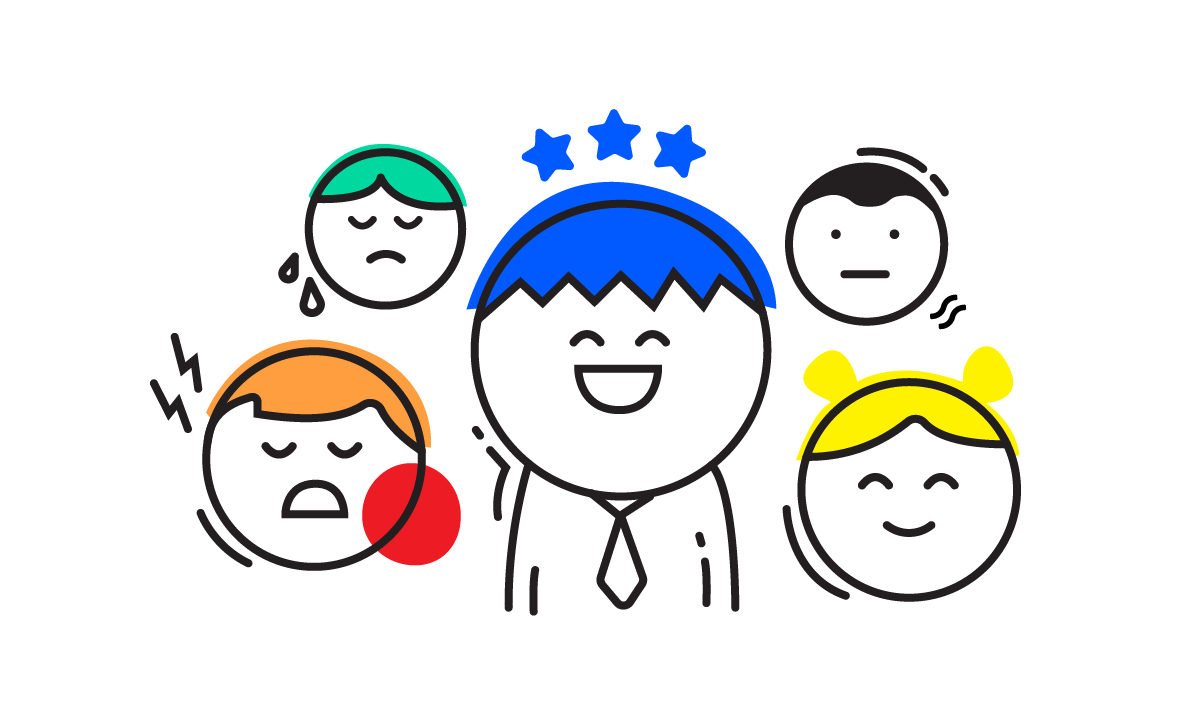
The long-term is a cumulation of a whole string of decisions and advances made today. It’s vital to look ahead, but not at the expense of neglecting the demands of today. We offer welcome and set up calls as a way to focus on the beginning of the customer journey, ensuring that they have a smooth start. When we ensure a good start with the product, including straightforward installation and setup, that puts us on a good path for a long-term healthy relationship.
One of the most important short-term goals is to guarantee that the very first streaming experience is great, as this offers the best chance of someone staying engaged over time. To maintain high results at the critical start of the customer journey, we make sure current and new employees are aligned and onboard for calling customers to transmit necessary information.
The resources that we use for quickly answering questions include articles from our help center and saved replies. When people reach out to us via email or live chat, we’re able to refer them to relevant articles tailored to their inquiries swiftly. We use saved replies when writing back and forth on Intercom, which is highly efficient when responding to FAQs. These include questions about what devices work with Airtame, what the options are for digital signage, and how Airtame differs from home entertainment products, such as Apple TV.
Our customers are busy and, to appear competent, it’s necessary to assess performance regarding efficiency. Other than satisfaction scores, we also take into account how many customers have reached out to us, and how long it took on average to close each conversation.
We also look into how many welcome calls, technical calls, Q&A calls, set up calls that we get. On the one hand, more support cases can represent how our community of users is growing. On the other hand, we also need to be critical and consider whether an increase in set-up calls, for example, reflects that fact that we need to improve upon our setup instructions.
It’s great to know that your team has your back. At the same time, we also emphasize personal responsibility and growth. When recruits get started, they start helping customers within their first week at Airtame.
We’ve each found that this is the fastest way to learn about the company and the product. Of course, no one is an island, and we also prioritize supporting and keeping each accountable – by tagging each other in pending conversations, sending reminders, and requesting advice.
For purchases made through our website, we offer a 30-day risk-free trial, meaning that customers can return devices and get a full refund (excluding return shipping costs). If we fail to provide exceptional support during the first month that a customer is testing out Airtame, all of the effort made on behalf of our team (and other teams) will have resulted in lost revenue.
Airtame is not for everyone, and a crucial step to avoiding returns is to be clear when leads reach out over chat and Q&A calls. It cuts down on costs if customers that don’t “fit” our product find out right away, rather than after their Airtame arrives. We keep track of items that are returned or replaced, as well as logistical costs, to keep costs down.
Being rigid can be a good thing when you don’t want to let standards slip. We aim to be soft on people (both customers and coworkers) and tough on problems. This way we’re continuously raising the bar, while simultaneously reducing wasted time and effort.
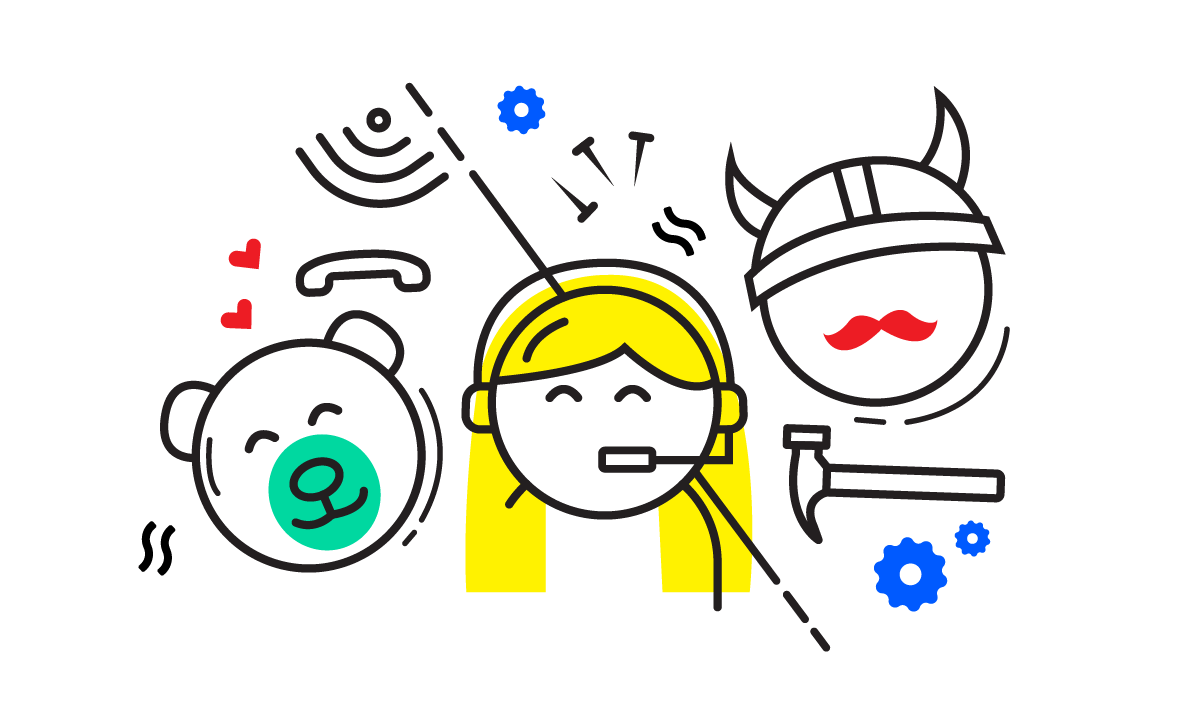
Things move from one-on-one support to success as soon as people start collaborating and applying a situation to more than the immediate problem or request. There is a multitude of instances where support converts to success.
For example, if we notice numbers going up a lot for set-up calls, we take into account whether this is to do with selling a significant amount of Airtames within a particular period. We might also consider whether an increase in set up calls is due to unclear instructions within the onboarding email flow. This is done by tracking relevant data on common issues and bugs (a part of support), to collaborating with developers on how to improve the product and user experience (a part of success).
We also receive feedback on each help article, giving users three options to rate whether or not the content answered their question.
These transitions exemplify how assistance and education are meant to feed into nurturing, activation, and upselling further along in customer success initiatives. These will have the more long-term aims such as ensuring optimized email flow tailored to different user profiles and sharing use cases and best practices.
Aside from offering ongoing support, the spotlight is now on finding meaningful ways to generate revenue and provide value through customer success management. To achieve this, we engage in a variety of projects and initiatives:
Being proactive often means being the one to start a conversation. A lot of resources go into reaching out to both leads (people who are interested) and users (people who already have Airtame). This is mostly done through email campaigns, as well as through social media.
We seek out feedback on an ongoing basis, which informs future communications as well as product development. We’re also not shy about asking happy customers to help spread the word with reviews, testimonials, and referrals.
A key goal of customer success is to concentrate less on fixing bugs and more on improving the overall user experience. This approach requires a lot of skill, as well as plain old trial and error. This thinking applies to product development as well as onboarding customers, employees, and resellers. An overarching goal is to have the right people in place and invest in their training.
Value means something different to everyone, and so it’s essential that communication is somewhat personalized. We send out email flows targeted at different users. An IT administrator will receive information that relates to his role, and a school teacher will have access to the content that’s most relevant to a classroom context.
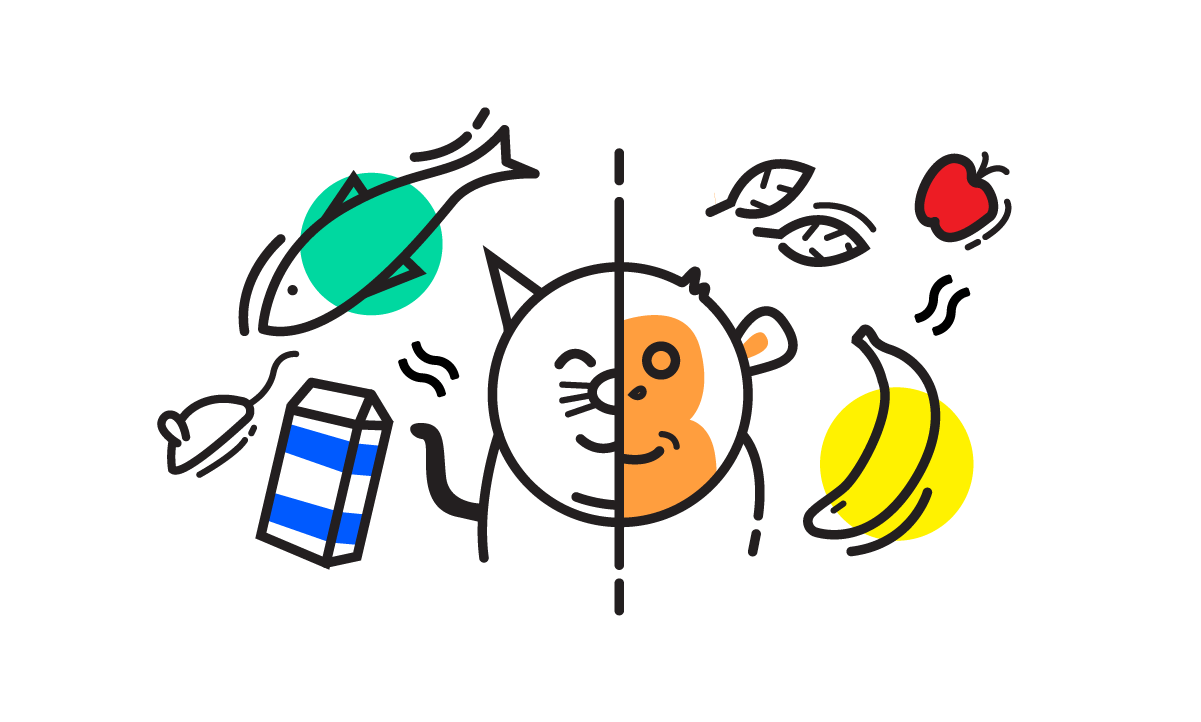
Having people make the most of Airtame in the long-term requires continuous communication and updates. It’s essential that customers are not “dropped” as soon as a transaction has taken place.
Getting people to keep using Airtame and keep engaging with us means that onboarding isn’t a one-off exercise. The product has a lot to offer, and new features are continually in the pipeline. Rather than bombarding people with information, we gradually teach people how Airtame can make their everyday lives more comfortable.
To optimize the customer journey, we need to think long-term. It’s a priority to let people know that we offer a 30-day risk-free trial, so that leads don’t feel pressured into a purchase.
“Day zero” for a customer might involve signing up for the newsletter. In this case, the next steps would be to encourage them to book a demo call, then make an initial purchase, after which they’d receive a confirmation and delivery information.
A crucial facet of customer success is not just selling the product, but selling it to the right people.
We pride ourselves on delivering personalized demos and following up on conversations with compatible leads. We aren’t afraid to tell people that Airtame might not be the ideal solution for the needs, especially for those who are looking for something to use for home entertainment. Our sales pitch is transparent; this is the only way to earn trust in the long-term.
For those who do buy Airtame, we send out the onboarding email flow. This includes ten messages that communicate:
We take as much time as is needed to make a connection. Our customers are delighted to know that a real live person is happy to talk to them via chat or over the phone. Machines and programs are there to make our lives easier, not replace what we do.
Knowing the name and contact details of a company representative is reassuring to a lot of customers, as we aim to have a level of rapport established after each conversation.
In addition to having regular Customer Success meetings to sync up and brainstorm creative ways to meet the needs of our customers, we also work closely with other teams.
Everyone who joins also needs to have a grasp on how we do sales, marketing, logistics, and product development. We use Slack to share feedback within and between teams, and also connect with one another using Pipedrive, Google Suite, Intercom, Calendly, Basecamp, and Favro.
We also encourage sessions where Airtamers from outside Customer Success to get hands-on chat experience while sitting side-by-side with someone on the Customer Success team. The objective is twofold: for everyone to understand the needs and challenges of our customers, and for the Customer Success team to get feedback from colleagues who are interacting with a fresh outlook.
In addition to the social side of communication, it’s essential not to forget the bottom line. We aim for website repurchase to represent 50% of revenue, and compare percentages between different markets (e.g., repurchase in the U.S. vs. Europe). Being devoted to customer success means bringing in more revenue in the long term.
In addition to helping make sales, streamlining processes and information sharing reduces the cost of acquiring a customer. This ties in with self-service deflection, when answers and explanations are readily available online. Information and step-by-step guides are documented in our online Help Center.
Many customers access this when checking out our website and reading up on how to best use Airtame. We can also send links to specific articles when sending an email or responding on chat, which saves an impressive amount of time compared to typing out an answer when a common question or issue comes up.
When it comes to how to create value for the businesses and educational institutions, we can only grow if we’re willing to experiment. Airtame is a living product, and we need to improve technology and communication continually. The day we stop exploring is the day that we become obsolete.
Going forward, we want to boost both support and success. As the Airtame family grows, we want to improve availability regarding time zone coverage and phone support. We have teams based in Copenhagen and New York who provide support to people all around the globe, but in some cases getting to talk to someone directly requires some serious maneuvering.
We also want to grow our team and competences, especially concerning network expertise, as this is a significant need for customers in large bureaucratic institutions.
We want to increase collaboration with our developers, as this will provide a deeper level of intuition when it comes to troubleshooting technical issues. It’s critical that this is a bilateral exchange, as developers also need to gain insights on the end user experiences that they don’t receive directly. A part of this is to be able to expand and optimize both internal and external testing of any new features.
Collaboration needs to be done wisely, as the aim is to share knowledge while not interrupting workflow.
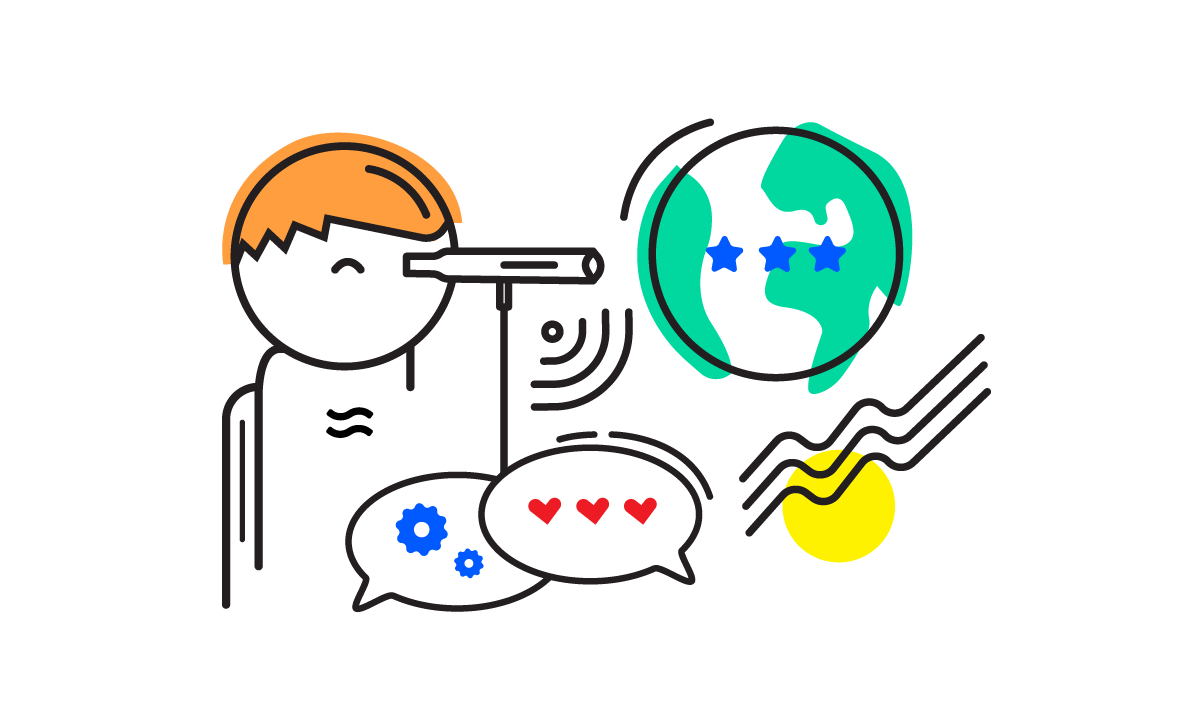
In addition to enhancing support, our vision for the future involves a continuous assessment and revamping of how we do customer success. Our efforts will continue to include optimizing email campaigns and finding meaningful ways to follow up with new and ongoing customers. The way we report feedback is also changing, with more interviews and case studies.
Customer support and customer success are more than functions. Without both, we’d be left with a handy piece of technology, and no one would know about it or how to use it. Creating value for people, and getting it out there, has to be at the forefront of our strategy.